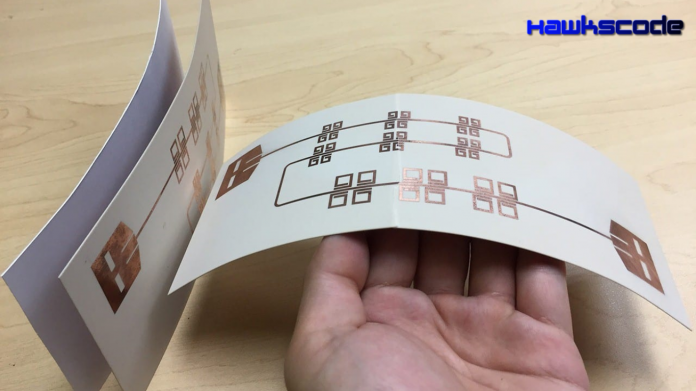Untwisting plastics for charging internet of things devices
Untwisting plastics for charging internet of things devices. Untwisting chains of atoms within a plastic polymer improves its ability to conduct electricity, according to a report by researchers, led by Nagoya University applied physicist Hisaaki Tanaka, in the journal Science Advances. The insight could help accelerate the development of wearable power sources for a vast number of Internet-of-things devices.


Important Announcement – EasyShiksha has now started Online Internship Program “Ab India Sikhega Ghar Se”


Modern and Smart society is expected to include a large number of electronic devices that are connected via the Internet-of-things (IoT). Researchers are looking for ways to use body heat to charge certain types of microscopic devices and sensors. But it requires a non-toxic, lightweight, wearable and flexible thermoelectric generator. Conducting polymers such as plastics can meet this requirement, but their thermoelectric performance needs to be improved.Untwisting plastics for charging internet of things devices.
Plastics that can conduct electricity, called conducting polymers, could fill this bill, but their thermoelectric performance needs to be improved. Their thin films have highly disordered structures, formed of crystalline and non-crystalline parts, making it notoriously difficult to understand their properties and thus find ways to optimize their performance.
Tanaka worked with colleagues in Japan to understand the thermoelectric properties of a highly conductive thiophene-based polymer, called PBTTT. They added or ‘doped’ the polymer with a thin ion electrolyte gel, which is known to improve conductivity. The gel only infiltrates the polymer successfully when a specific electric voltage is applied.
Top Software Engineering Courses
They used a variety of measurement techniques to understand the polymer’s electronic and structural changes when doped. They found that, without the electrolyte gel, the PBTTT chain is highly twisted. Doping it with a critical amount of electrolyte untwists the chain and creates links between its crystalline parts, improving electron conductivity.
The scientists report that the formation of this interconnected conductive network is what determines the polymer’s maximum thermoelectric performance, which they were able to uniquely observe in this study.Untwisting plastics for charging internet of things devices.They are now looking into ways to optimize the thermoelectric performance of thin film conducting polymers through material design and changing the fabrication conditions.
Empower your team. Lead the industry
Get a subscription to a library of online courses and digital learning tools for your organization with EasyShiksha
Request NowTo learn more blogs like this Untwisting plastics for charging internet of things devices.
visit HawksCode and Easyshiksha.[/vc_column_text][/vc_column][/vc_row]
ALSO READ: d2h-launches-singing-star-in-association-with-songdew-tv
Get Course: Robo-Advisors-Provided-By-FinTech-School






































































